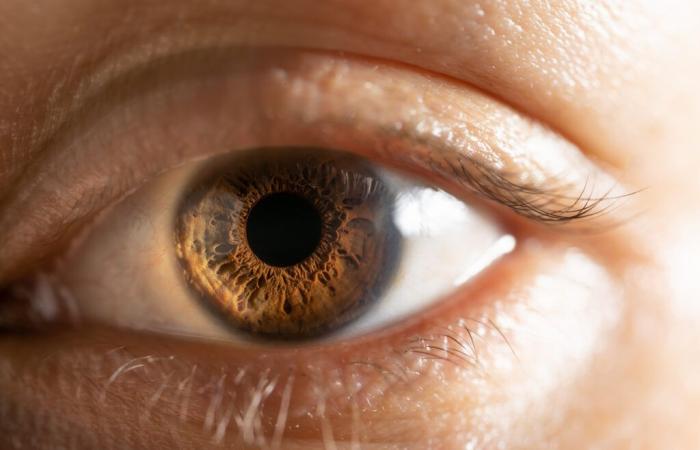Japanese researchers led by Osaka University recently took a promising step in treating a serious eye disease called limbal stem cell deficiency (LSCD). This first human trial, based on an induced pluripotent stem cell (iPSC) transplant, made it possible to improve the vision of patients affected by this debilitating disease. This advance opens new perspectives for the treatment of vision disorders of corneal origin.
What is limbal stem cell deficiency (LSCD)?
DSCL is a pathology of the corneathe transparent part at the front of the eye, which particularly affects the limbus which is located at its border. This area contains limbal stem cells which play a crucial role in the regeneration of the cornea by producing new cells to maintain the transparency of the eye. In the case of DSCL, these stem cells disappear, which disrupts the renewal of the cornea. This leads to a accumulation of opaque fibrous tissuemaking vision blurry or causing total blindness in the most severe cases.
Current treatments and their limits
Today’s treatment options for patients with DSCL are limited. Limbal stem cell transplants, for example, involve taking cells from a healthy eye of the patient (if possible) or from a donor. However, these interventions have several drawbacks. Grafting from a healthy eye is not always possible and those from donors can lead to rejection, which requires the use of lifelong immunosuppressive treatments. In addition, these grafts are not always durable and the risks of failure are high.
Faced with these limitations, researchers at Osaka University explored an alternative: the use of induced pluripotent stem cellsor iPSC. These cells, obtained by reprogramming adult cells (often those of the skin), can transform into several types of specialized cells, including those that make up the cornea.
In this study, researchers cultured corneal epithelial cells from iPSCs to replace deficient cells in the cornea of patients with DSCL. This approach not only reduces the risk of rejection, as there is no need to collect tissue from the patient’s eye, but it also ensures better immunological compatibility.
Encouraging first results
The trial, the first of its kind, involved four patients with DSCL. After removing the fibrous tissue from the affected corneas, the researchers grafted the cells grown from iPSCs onto the damaged corneas. Half of the patients received mild immunosuppressive treatment with cyclosporine, while the other half received only basic corticosteroid treatment.
After two years of follow-up, the results showed promise : no serious side effects were observed and three out of four patients saw a significant improvement in their vision. Two of them even saw their pathology evolve into less severe forms. However, one patient who had more severe complications initially showed signs of improvement before returning to baseline. These results suggest that the addition of mild immunosuppressive therapy could play a key role in transplant success.
Insights for patients and research
For patients with DSCL, this advance represents a real improvement in quality of life and a hope of regaining functional vision. Beyond the encouraging results, this study also allows us to glimpse the future of regenerative medicine which could be applied to other diseases. Researchers at Osaka University plan to launch a new, larger-scale study to confirm these results and extend this technique to a larger population of patients.






